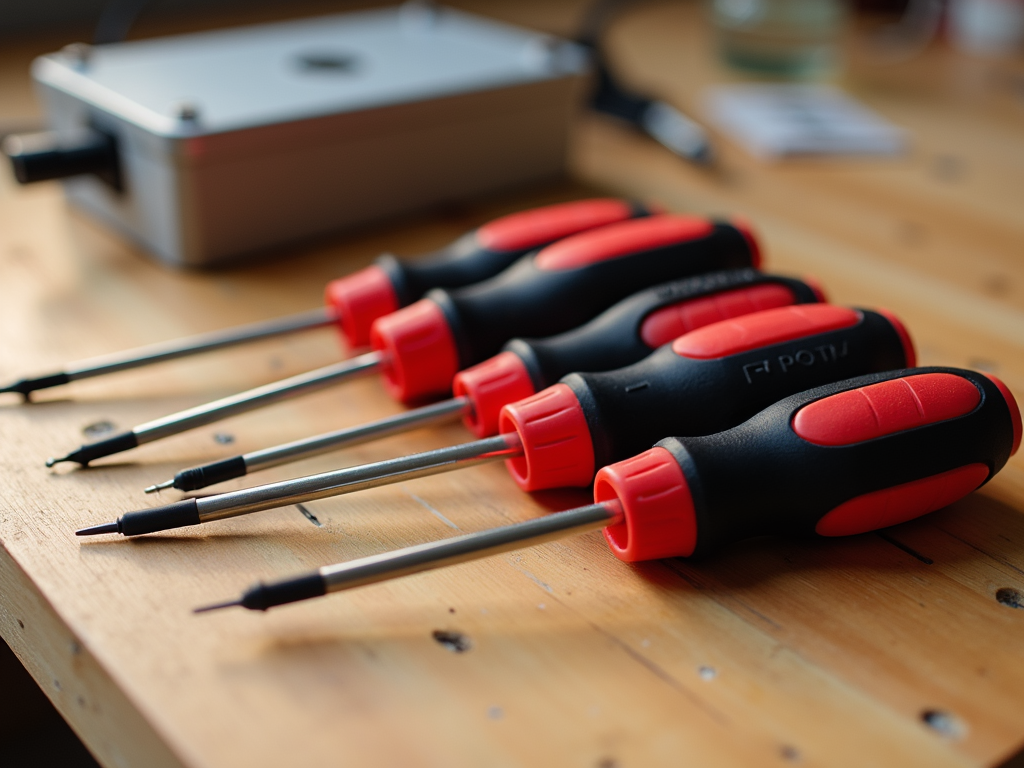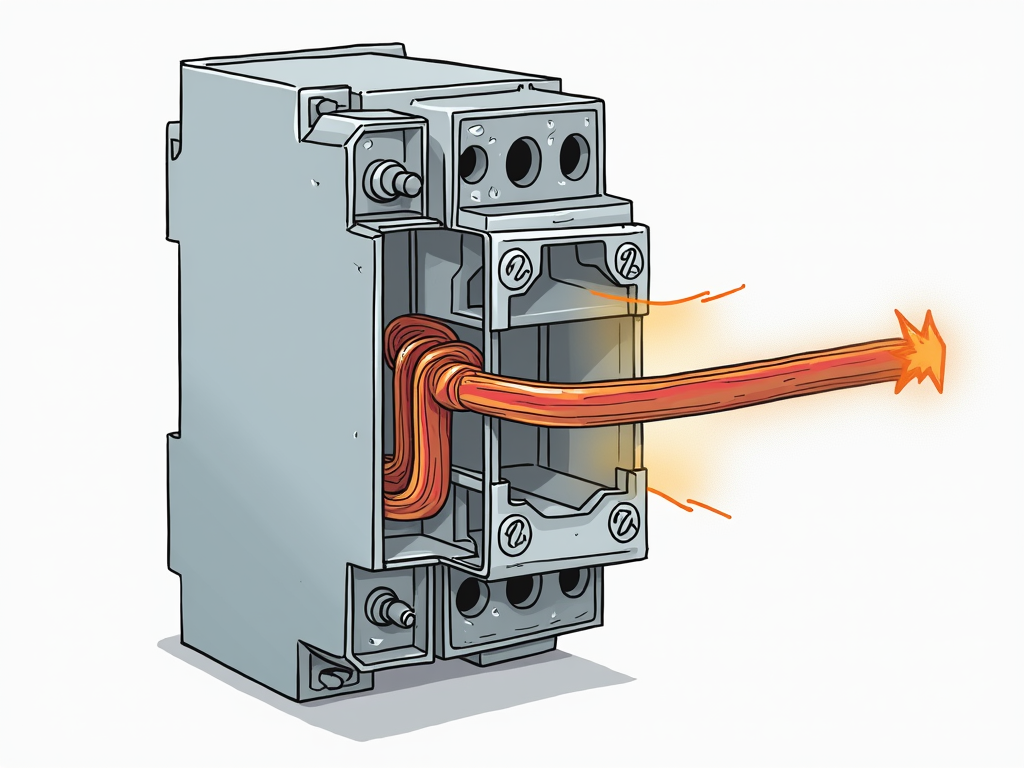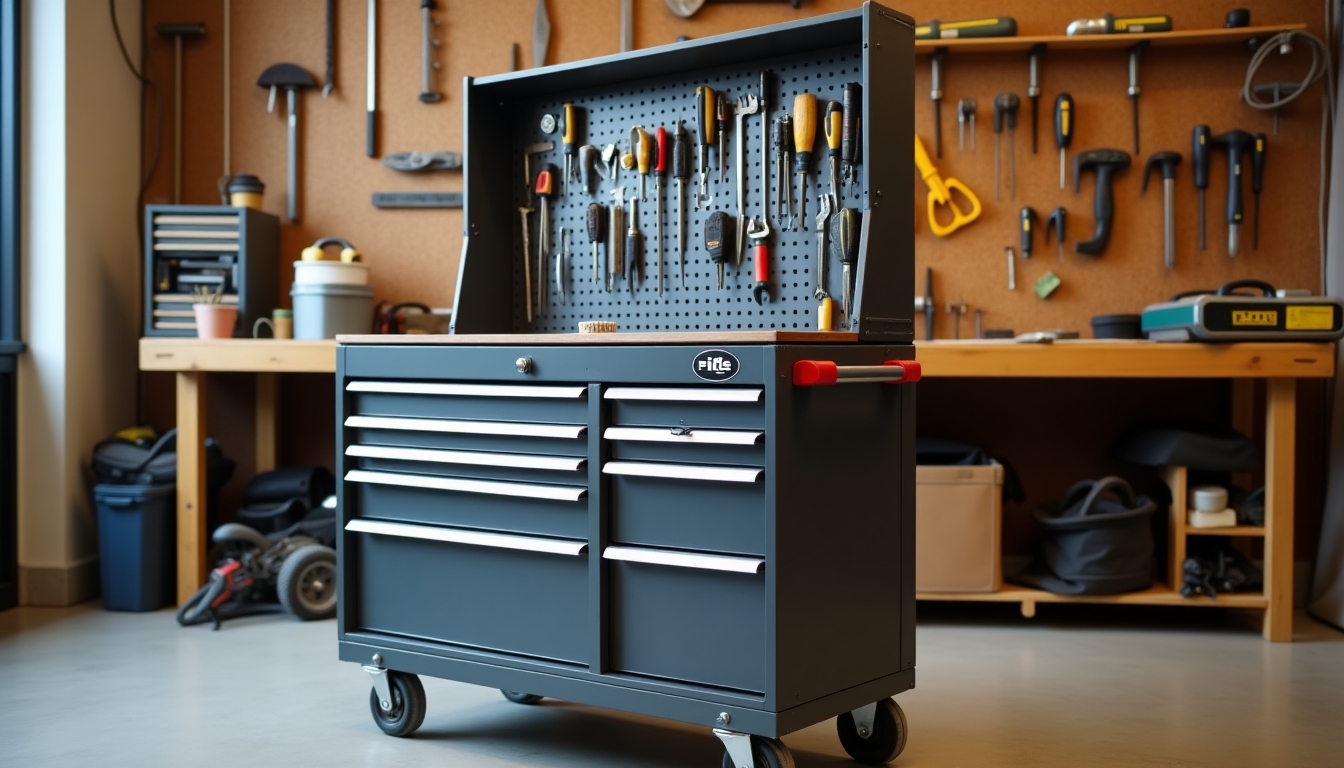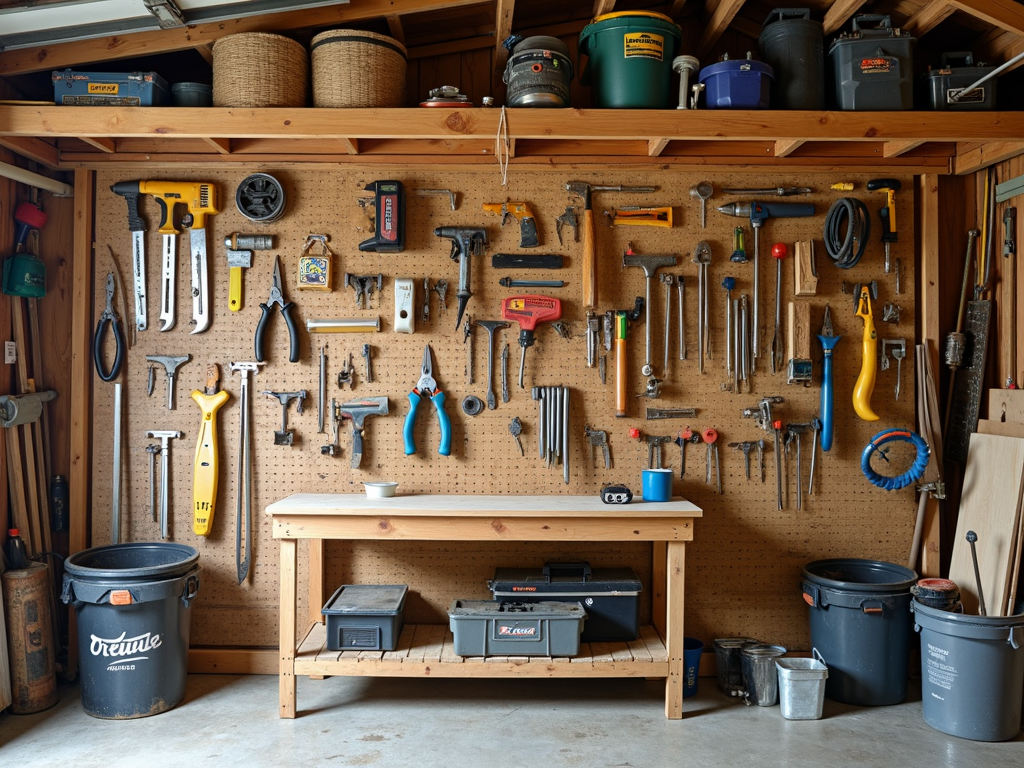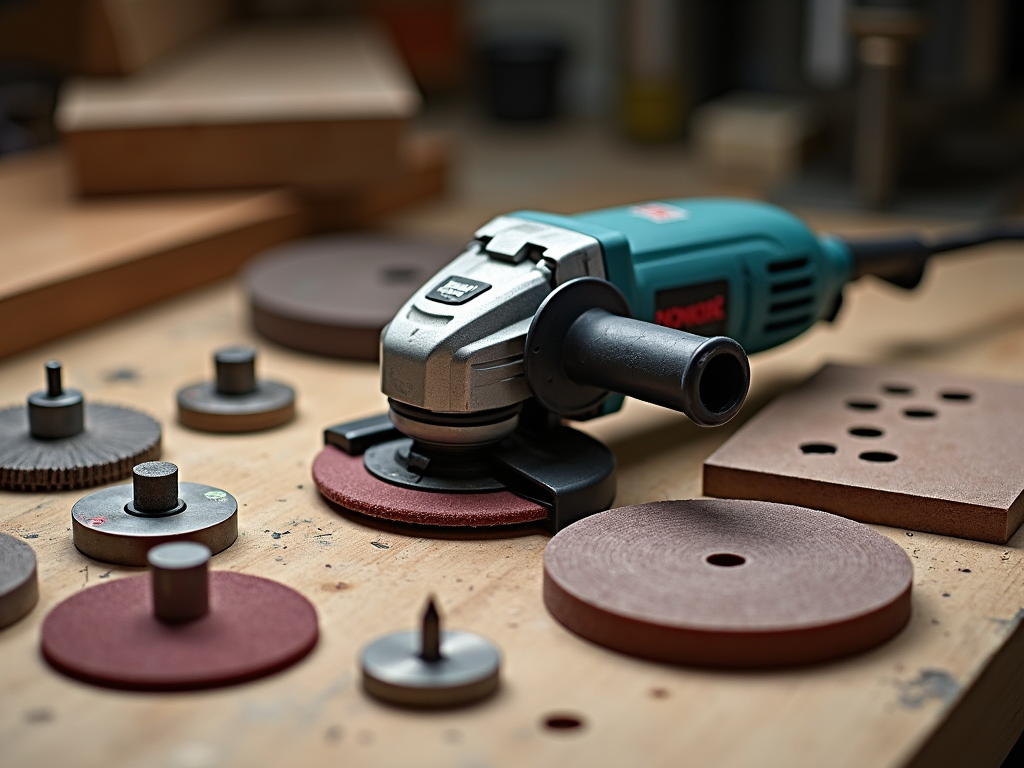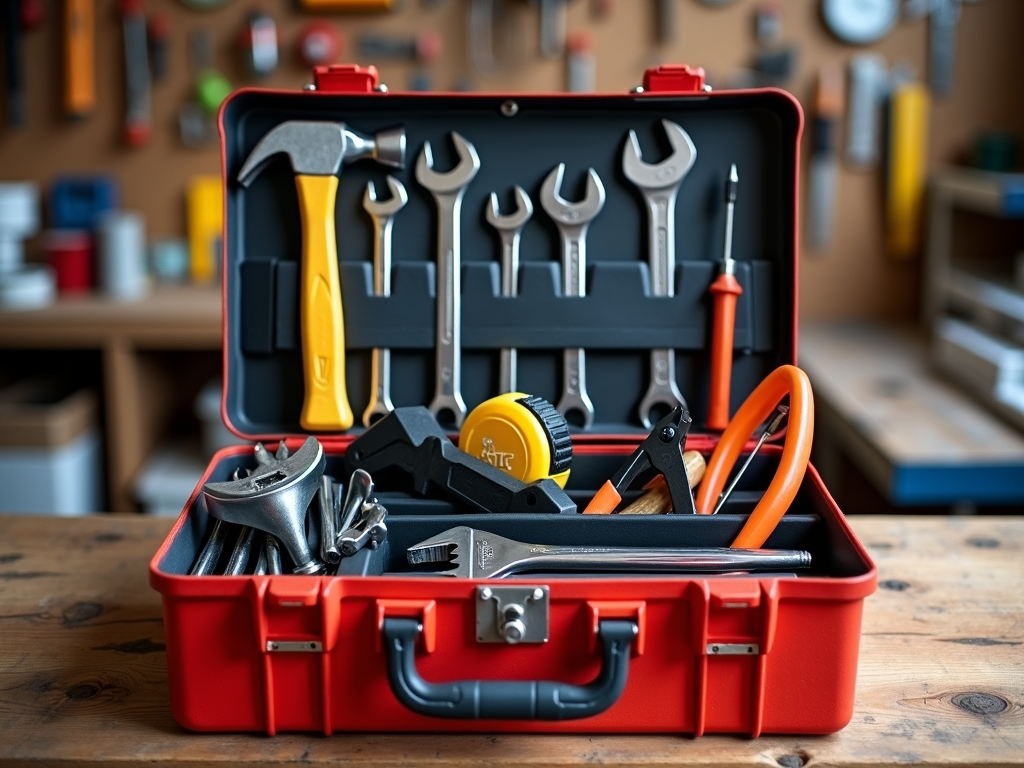Ever wondered how your home stays powered up? Or felt nervous about fixing a flickering light? A Simple Guide to Your Home’s Electrical Setup is here to help. In about 1500 words, we’ll cover the basics of your electrical system, key safety tips, and the tools you need for simple repairs. Let’s get started!
What’s Inside Your Home’s Electrical Setup?
Your home’s electrical setup keeps everything running smoothly. Think of it as the backbone of your daily life—powering lights, appliances, and more. Here’s what makes it tick:
-
Electrical Panel: Often called the breaker box, this is where power enters your home. It splits electricity into circuits and uses breakers to prevent overloads.
-
Circuits: These are like highways for electricity, delivering power to specific areas or devices. Each has a limit, so your kitchen appliances don’t overload the same circuit as your bedroom lights.
-
Outlets and Switches: Outlets let you plug in devices, while switches control lights or fans. They’re the access points you use every day.
-
Wiring: Hidden in your walls, wires connect everything. Older homes might have outdated wiring, while newer ones use modern, safer materials.
Knowing these parts helps you troubleshoot issues—like when a breaker trips or an outlet stops working.
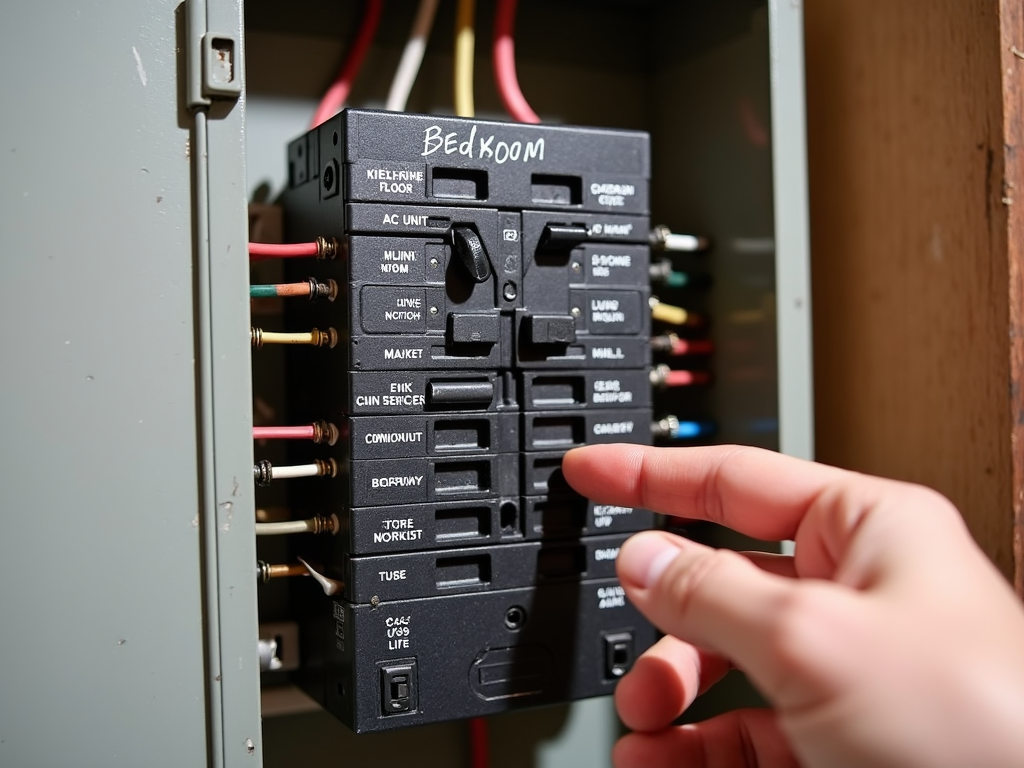
Why does this matter? If your TV won’t turn on, you can check the outlet, then the breaker. It’s empowering to understand how your home works!
Safety Practices in Home Electrical Repairs
Electricity is amazing but risky. One wrong move can lead to shocks or fires. That’s why Safety Practices in Home Electrical Repairs are non-negotiable. Here’s how to stay safe:
-
Shut Off the Power: Always flip the breaker off before touching wires. It’s the first step to avoiding accidents.
-
Test Before You Touch: Use a voltage tester to confirm the power’s off. Assumptions can be dangerous.
-
Wear Protection: Rubber gloves and safety glasses shield you from sparks or debris.
-
Skip the Guesswork: Unsure about a task? Call an electrician. DIY is great—until it’s not.
-
Keep Water Away: Wet hands or floors plus electricity? Bad mix. Stay dry.
I learned this the hard way. Years ago, I swapped a light switch without cutting power. A loud pop and a tingling jolt taught me to respect electricity!
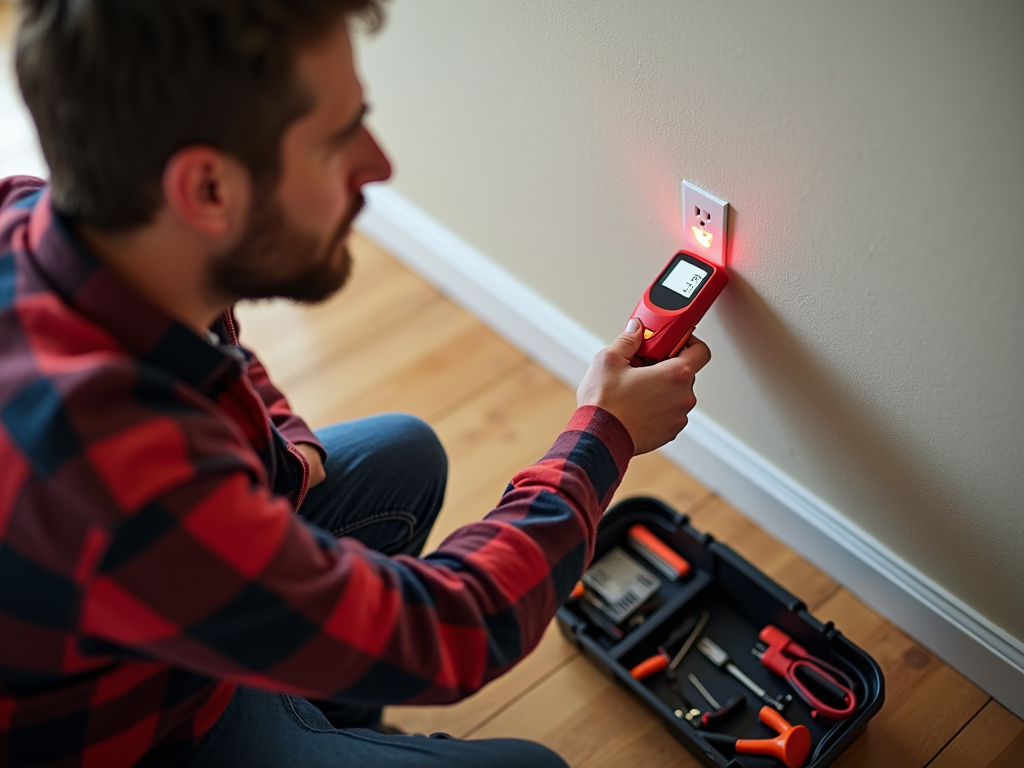
A Comprehensive Guide to Electrical Tools
Ready to tackle small fixes? You’ll need the right electrical tools. This comprehensive guide to electrical tools covers the essentials every homeowner should own:
| Tool | Purpose | Why You Need It |
|---|---|---|
| Voltage Tester | Checks if wires or outlets are live | Prevents shocks |
| Wire Strippers | Cuts and removes wire insulation | Preps wires for connections |
| Needle-Nose Pliers | Bends or grips small wires | Perfect for tight spots |
| Screwdrivers | Tightens screws in panels or outlets | Flathead and Phillips are key |
| Electrical Tape | Insulates exposed wires | Stops short circuits |
| Multimeter | Measures voltage, current, resistance | Diagnoses complex issues |
These workman tools are game-changers. I keep mine in a small toolbox by the breaker box—ready for action.
Once, I tried fixing an outlet without wire strippers. I mangled the wire with scissors, nearly causing a short. Now, I strip wires properly—it’s faster and safer.
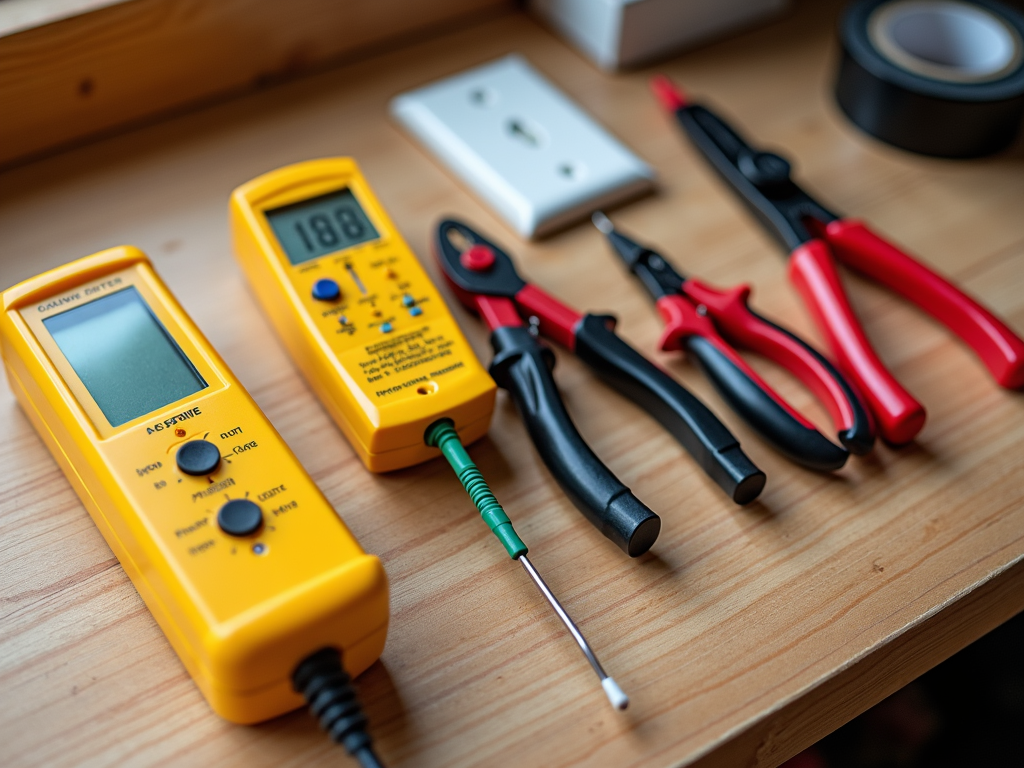
How It All Fits Together
Your electrical setup isn’t just parts—it’s a system. The panel sends power through circuits, wiring carries it, and outlets deliver it. If one piece fails, others are affected. For example, a tripped breaker cuts power to a whole circuit, not just one outlet.
Here’s a quick tip: Label your breakers. When I moved into my house, nothing was marked. A power outage left me flipping switches in the dark until I figured out which was which. Now, every breaker has a label—saves time and stress!
My Electrical Journey
I’m no pro, but I’ve learned a lot. Replacing a ceiling fan was my first big win. I turned off the power, tested the wires, and used my screwdriver set. It took an hour, but the fan worked perfectly. Another time, I installed a dimmer switch. The multimeter helped me confirm the wiring was right—small victories add up!
Mistakes taught me, too. Forgetting to double-check power once sparked a wire. Now, I’m extra careful. Preparation beats panic every time.

Troubleshooting Basics
Problems happen. Lights flicker, outlets die—where do you start? Try this:
-
Check the Breaker: Tripped? Reset it.
-
Test the Outlet: No power? Could be a loose wire or a bigger issue.
-
Look for Signs: Burn marks or buzzing mean stop and call a pro.
I had a dead outlet once. Resetting the breaker fixed it—no electrician needed. Simple steps can solve a lot.
Final Thoughts
Mastering A Simple Guide to Your Home’s Electrical Setup gives you control. You’ll know your system, stay safe with Safety Practices in Home Electrical Repairs, and use the right electrical tools from our comprehensive guide to electrical tools. Small fixes won’t scare you anymore. Start small, stay cautious, and enjoy the confidence that comes with understanding your home!
Related A Simple Guide to Your Home’s Electrical Setup:
- Top 10 Electrical Tools Every Homeowner Needs
- Beginner’s Guide to Circuit Breaker Troubleshooting
- DIY Projects for Beginners: Getting Started with Basic Tools
- Safety First: Protecting Yourself in the Metalworking Shop
- Breaking It Down
- Ultimate Guide to Mobile Storage Carts for Tools
- Tool Maintenance: Tips for Longevity
- The History of Black & Decker: Pioneers of Power Tools
- The Benefits of Using a Rotary Tool: A Must-Have for Every Craftsman
- Essential Tools Every Workman Must Have: A Comprehensive Guide
- Mastering Metalwork: A Comprehensive Guide to Workman Tools
- The Art of Organization: Keeping Your Workspace Tidy and Functional
